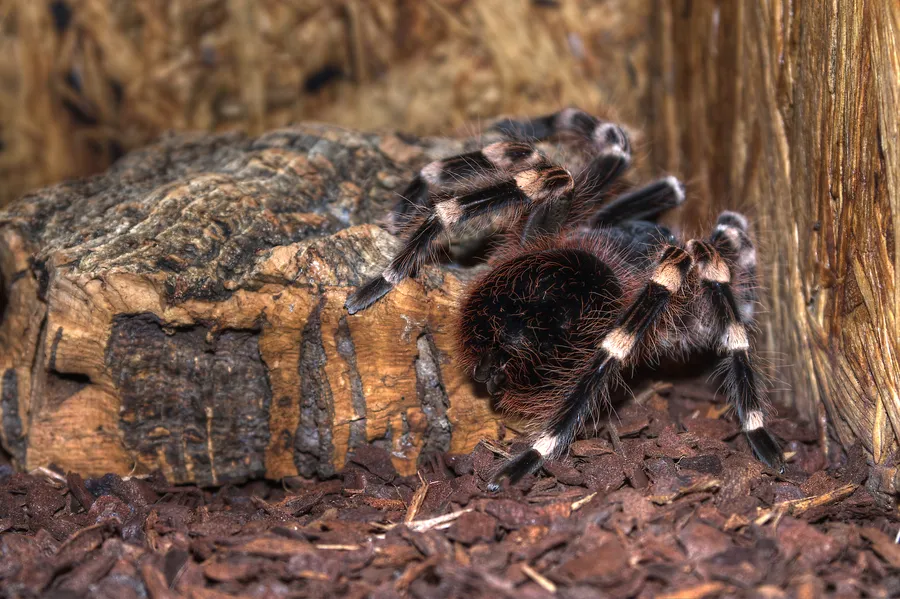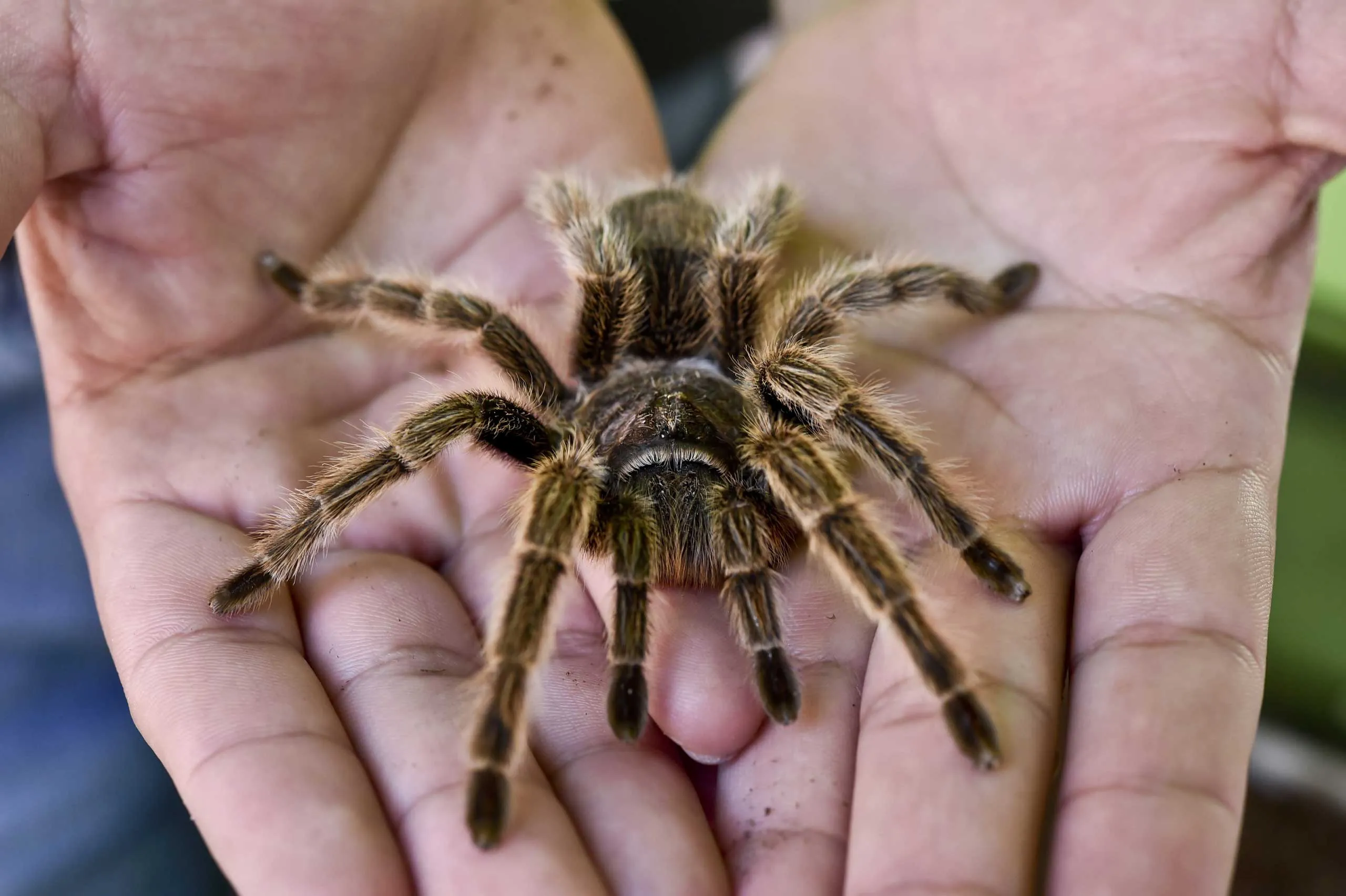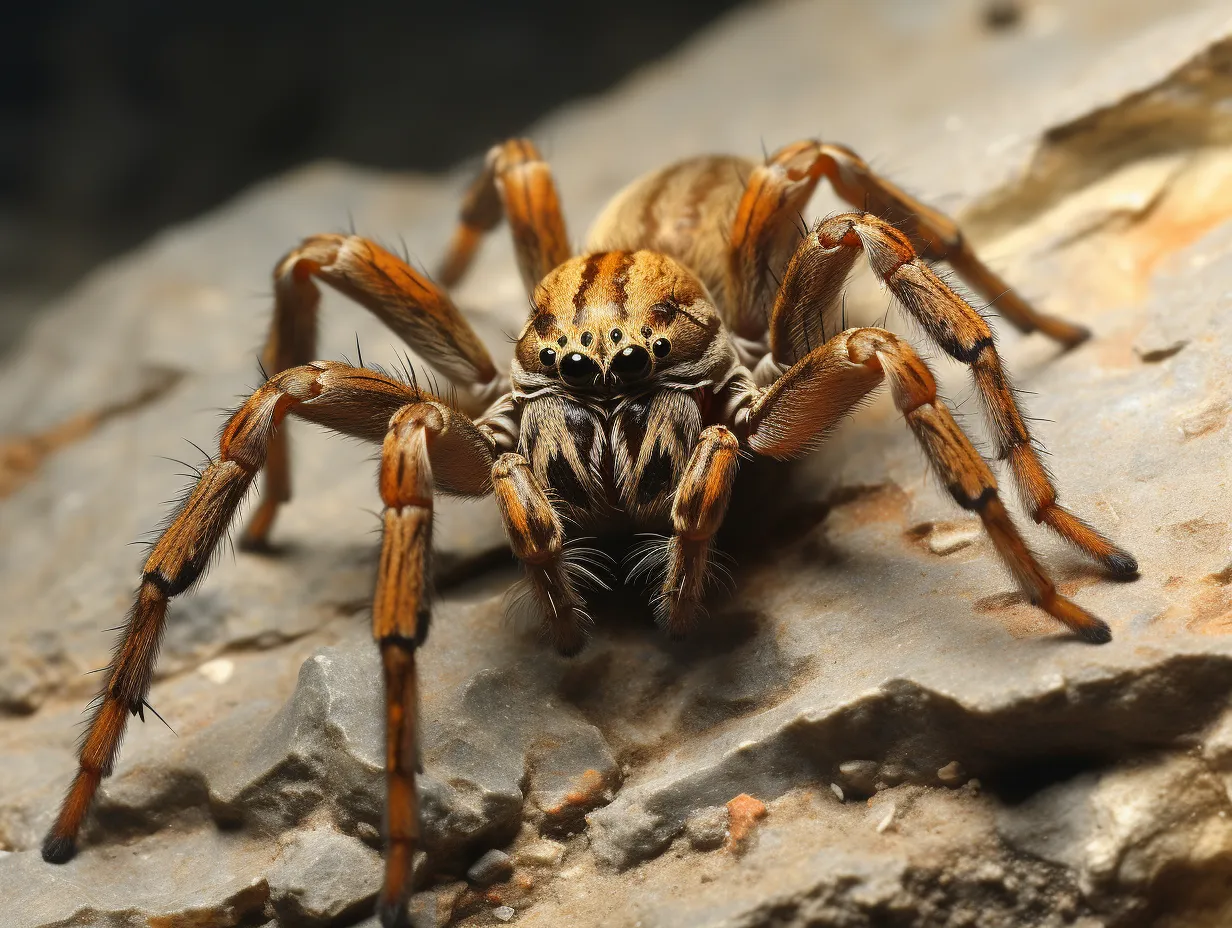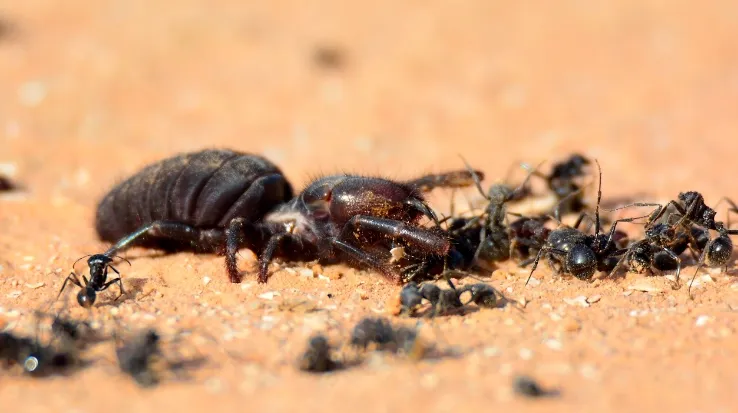Tarantula Run Speed An Introduction
Tarantulas, with their imposing size and hairy appearance, often spark curiosity about their capabilities. One common question that arises is how fast do tarantulas run? This seemingly simple query unveils a fascinating aspect of their biology and behavior. Tarantulas, unlike some other predators, are not built for long-distance running. Their primary mode of locomotion is a combination of walking and short bursts of speed. Understanding their speed involves looking at various factors, including their physical structure, environment, and the specific species. The speed of a tarantula is essential for both hunting and defense, making it an important part of their survival strategy. This exploration will delve into the intricacies of tarantula speed, providing a comprehensive view of their running abilities.
Factors Influencing Tarantula Speed
Several factors influence the speed at which a tarantula can run. The size of the tarantula is a significant factor; larger tarantulas may not be as agile or quick as smaller ones. The species also plays a crucial role, as some species are naturally faster than others. The tarantula’s health and overall condition impact its ability to move quickly. A well-fed and healthy tarantula is generally more active. The type of terrain over which the tarantula is moving is another vital element. Rough or uneven surfaces can slow them down. Conversely, a smooth, flat surface may allow for greater speeds. The tarantula’s immediate motivation such as whether it is hunting or fleeing from a threat affects its speed. Finally, the temperature and humidity of the environment also have an effect, as these conditions can influence the tarantula’s energy levels and overall activity.
Tarantula Species and Run Speeds

Different tarantula species exhibit varying running speeds. Some species have evolved to be quicker than others, depending on their habitat and predatory needs. For example, ground-dwelling tarantulas, which hunt on the forest floor, tend to be faster and more agile. Arboreal species, those that live in trees, may not require as much speed, focusing instead on climbing ability. The overall structure of the tarantula has a great effect on its speed; those with longer legs will be able to cover more ground with each step. The habitat in which the tarantula is found can also determine its speed. Species living in open areas often need more speed to catch prey or escape predators compared to those dwelling in more confined environments. The study of various species helps scientists understand the biodiversity of tarantulas and the adaptations that contribute to their survival.
The Role of Legs in Tarantula Speed
The legs of a tarantula are critical to its running ability. These arachnids have eight legs, each with multiple segments, allowing for flexibility and power. The length of the legs is a significant factor. Longer legs can cover more ground with each stride, which increases speed. The structure and strength of the legs also determine how fast a tarantula can run. Tarantulas have strong muscles in their legs that help them move quickly. The claws on the end of each leg provide grip, enabling them to navigate different terrains. Additionally, the tarantula’s ability to coordinate the movement of its eight legs is essential for efficient running. The spider’s nervous system sends signals to the legs, controlling their movement and ensuring coordinated locomotion. This coordination allows the tarantula to quickly change direction and maintain balance. Understanding the role of the legs is key to comprehending the overall speed and movement of tarantulas.
Environment Impact on Tarantula Speed
The environment significantly impacts the speed at which a tarantula can run. The type of terrain the tarantula navigates plays a crucial role. Smooth surfaces, such as flat ground, generally allow for faster movement, while rough or uneven terrains can slow them down. The presence of obstacles, such as rocks, roots, and vegetation, also influences speed. A tarantula must navigate these obstacles, which can impact its overall pace. Climate conditions such as temperature and humidity are also essential. Higher temperatures can increase a tarantula’s metabolic rate, potentially increasing its speed, while excessive humidity can sometimes slow them down. The availability of prey and the presence of predators are also significant. If a tarantula is hunting, it might run at a faster pace to catch its meal. When escaping predators, speed becomes critical for survival, influencing how fast a tarantula moves.
Comparison of Tarantula Speed with Other Species

When compared to other species, tarantulas are not the fastest runners. Most tarantula species can run at speeds ranging from a few inches to a few feet per second, which is quite slow when compared to many other animals. For example, the cheetah, known as the fastest land animal, can reach speeds of up to 75 mph. Other insects and arthropods are often faster than tarantulas. Certain species of spiders can also move at greater speeds than tarantulas. The speed of a tarantula is more related to hunting and defense than it is to long-distance travel. Their primary defense mechanism often relies on other strategies like their fangs, venom, and urticating hairs. The comparison highlights the different strategies various animals use for survival, with tarantulas prioritizing other adaptations over sheer speed.
Tarantula Speed during Hunting
Tarantula speed plays a significant role during hunting. They are ambush predators, relying on stealth and sudden bursts of speed to catch their prey. The tarantula’s speed enables them to swiftly seize the prey before it can escape. The spider often hides and waits patiently for the opportune moment to strike. When a potential meal comes within range, the tarantula uses its speed to move rapidly and secure the catch. The element of surprise and swift action are vital to the hunting strategy. Speed allows the tarantula to close the distance between itself and its target quickly. It prevents the prey from reacting and escaping. After catching the prey, the tarantula uses its fangs to inject venom and immobilize it.
Tarantula Speed during Defense
Tarantula speed is important for defense, especially when they feel threatened. If a predator or danger approaches, the tarantula may use its speed to escape. Tarantulas will run away in a quick burst of motion when they perceive a threat. This sudden movement allows them to put distance between themselves and potential danger. In addition to running, tarantulas use other defensive mechanisms such as biting, flicking urticating hairs, or adopting a defensive posture. Their speed enhances their ability to evade predators, increasing their chances of survival. A tarantula’s survival depends on its ability to react quickly and get away from threats. The quick burst of speed is an essential survival mechanism.
How to Observe Tarantula Speed Safely

Observing the speed of a tarantula can be fascinating, but it’s important to do so safely and responsibly. Never handle a tarantula unless you are an experienced professional, as they may bite. If you have a tarantula as a pet, provide a suitable environment to observe its behavior. Observe the tarantula in its enclosure, which should have appropriate substrate and space for movement. Use indirect lighting to observe its movements without disturbing it. Record your observations by noting the species, the environment, and the tarantula’s actions. This helps you understand the conditions under which they display various speeds. Never try to force a tarantula to move or interact with it in ways that could stress it. Always prioritize the tarantula’s well-being and safety during any observation activity. Learning about the spider in its natural habitat is also a great way to gather knowledge about tarantula behavior.
Tarantula Run Speed A Summary
The speed of a tarantula is a complex trait, influenced by multiple factors. While not the fastest creatures, tarantulas have adapted to their environment and lifestyle, utilizing speed for hunting and defense. Their run speed is a fascinating aspect of their behavior, demonstrating the delicate balance of their survival strategies. The interaction between their physical attributes, habitat, and immediate needs shapes their overall performance. Learning about the speed of tarantulas adds to our wider understanding of these amazing arachnids and their place in the ecosystem. Their speed is an essential part of their survival tactics.
